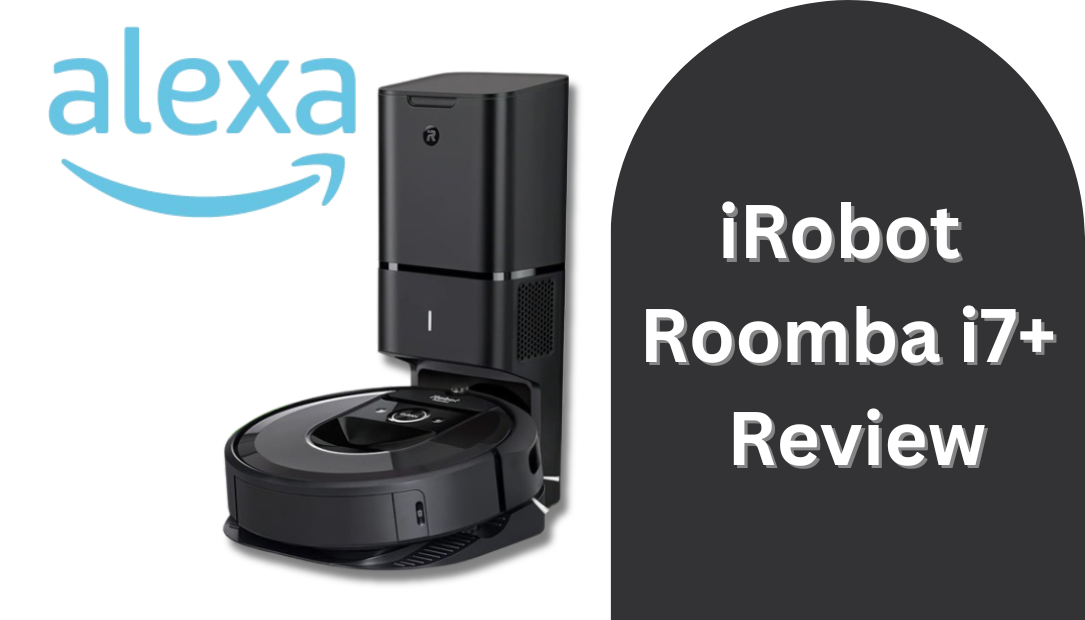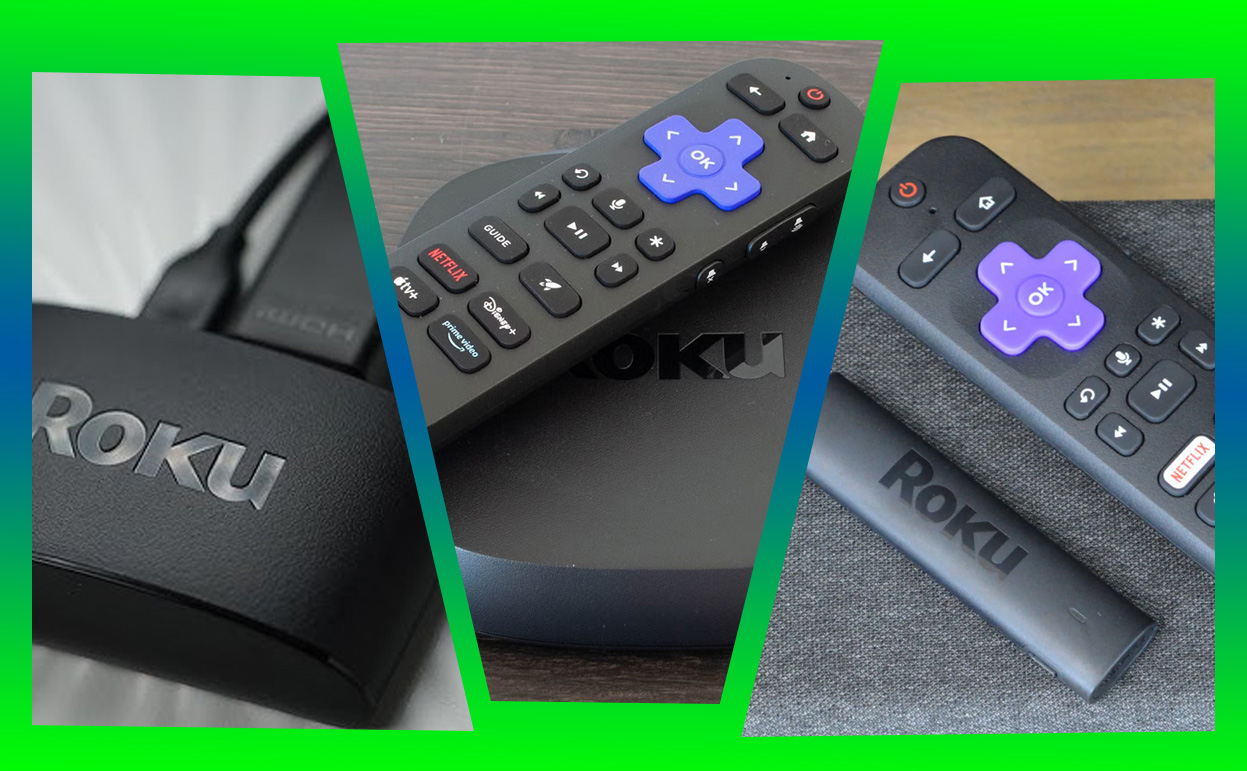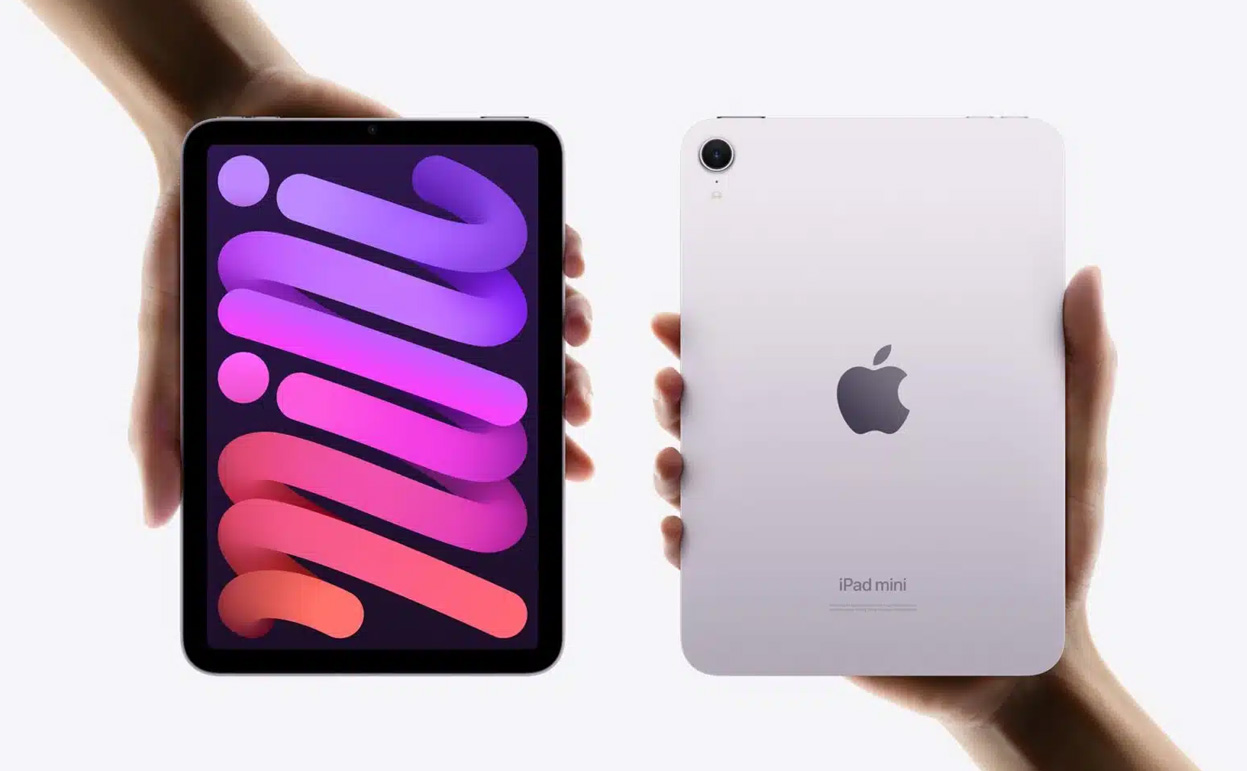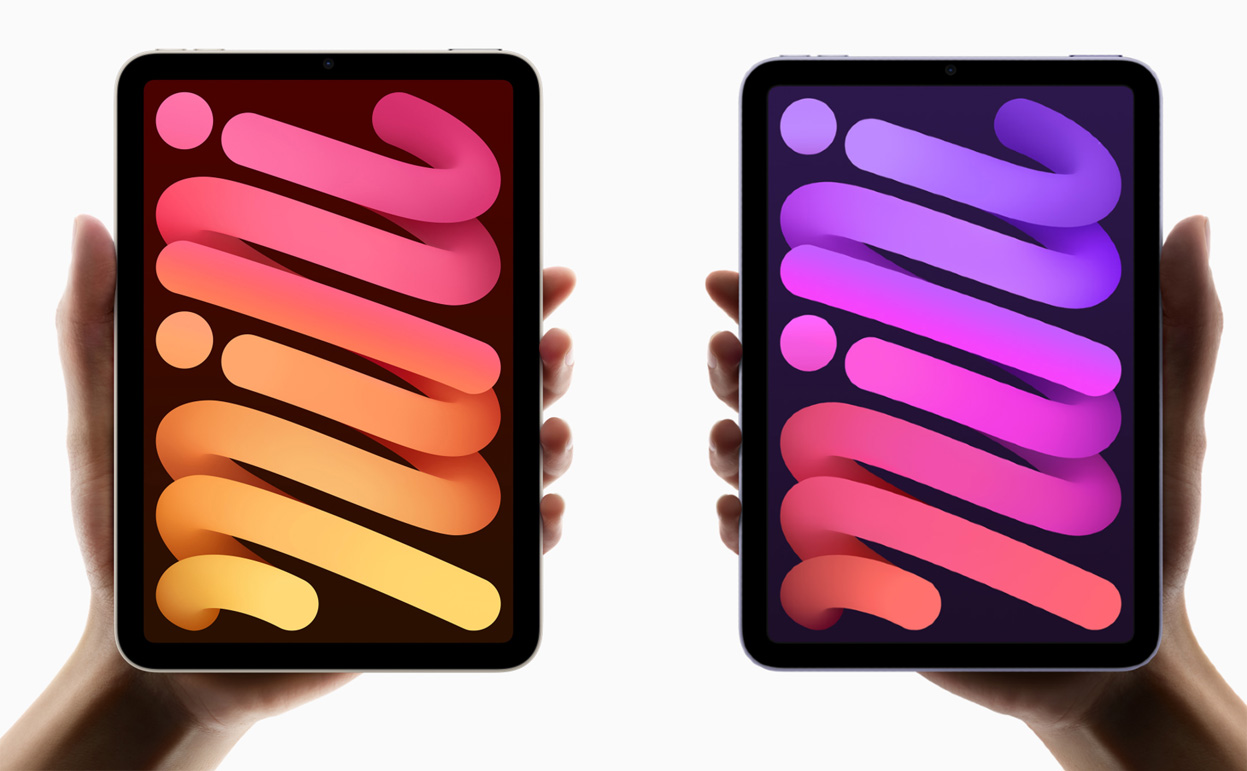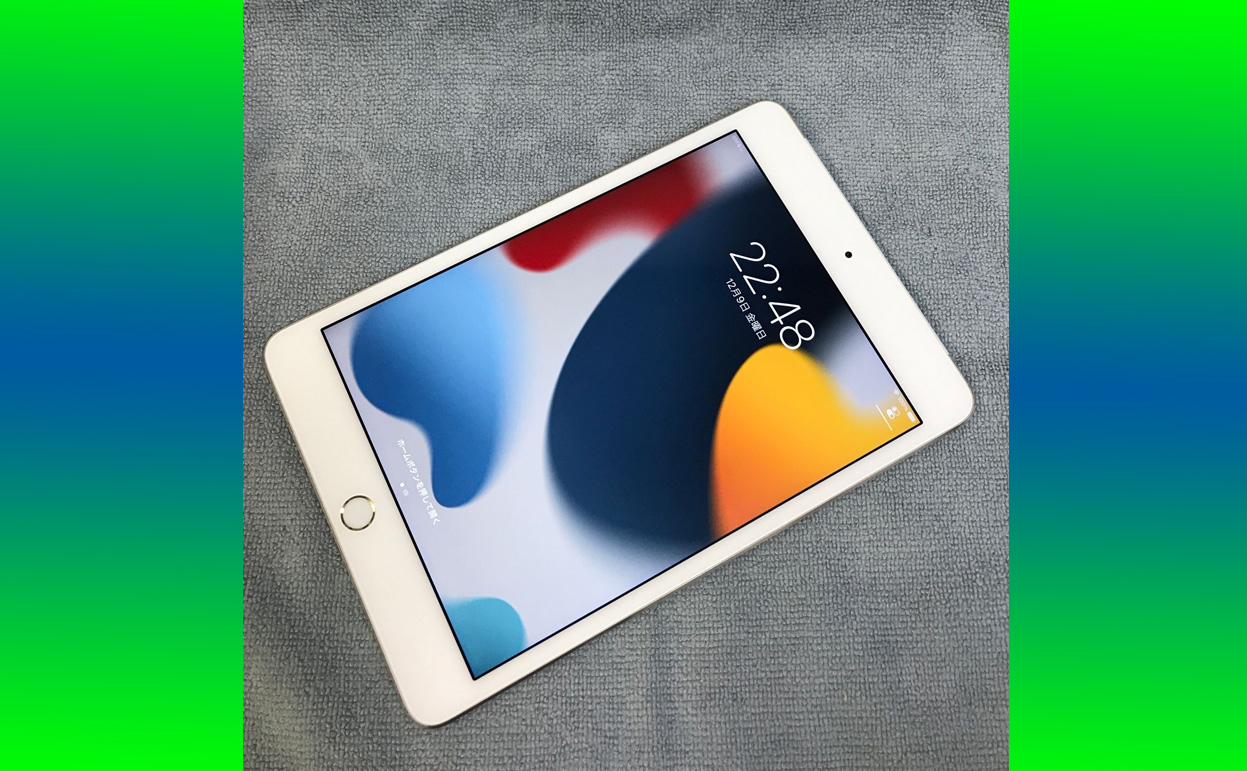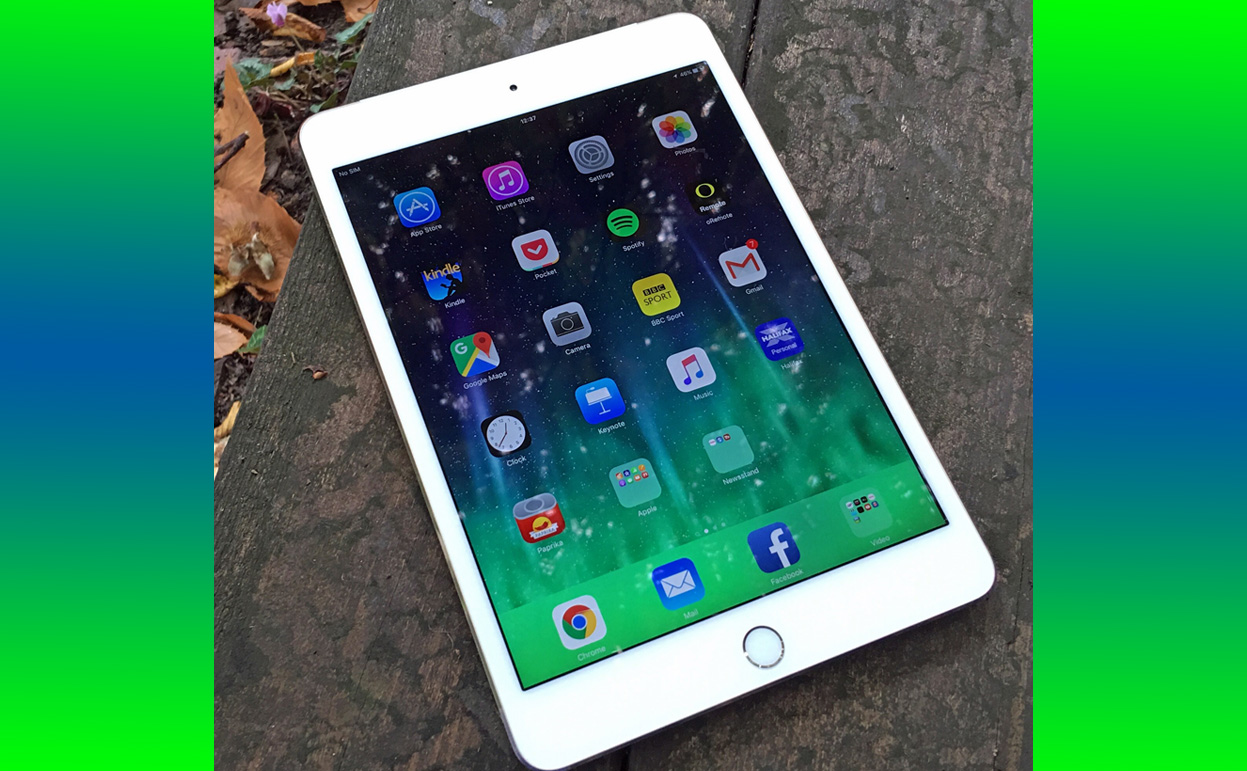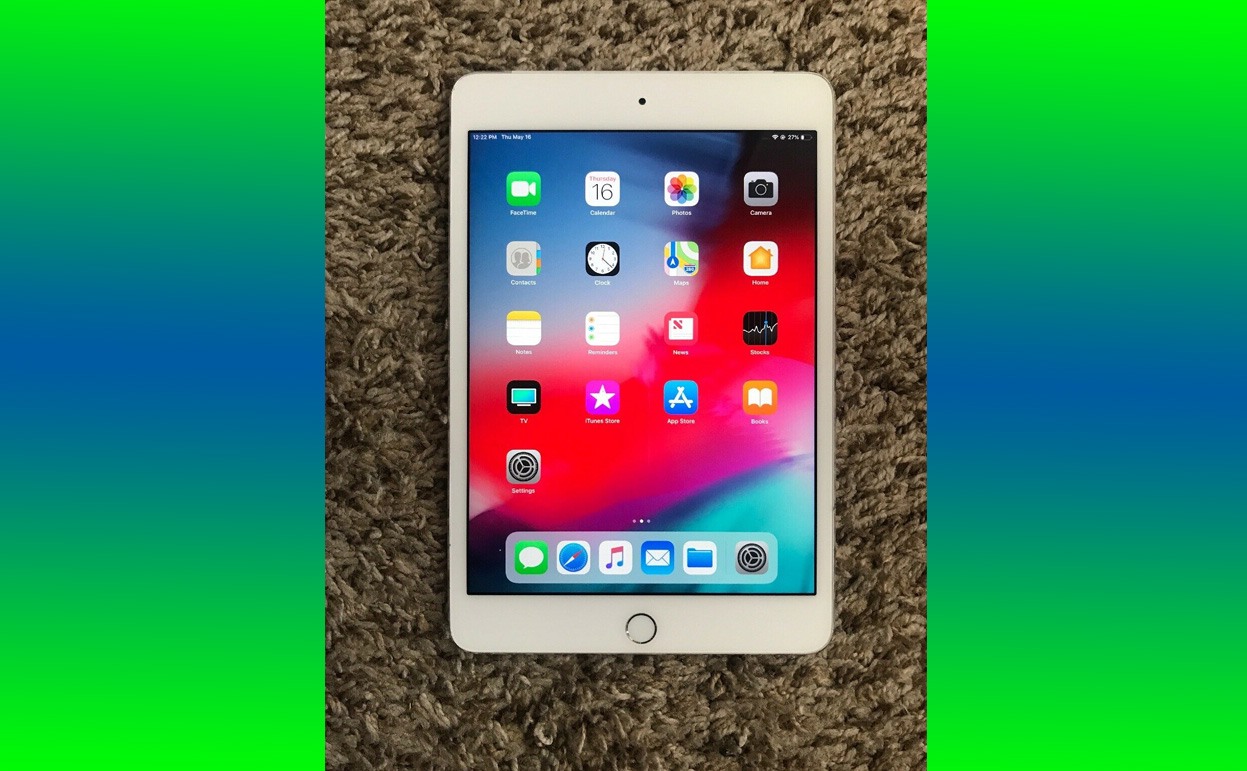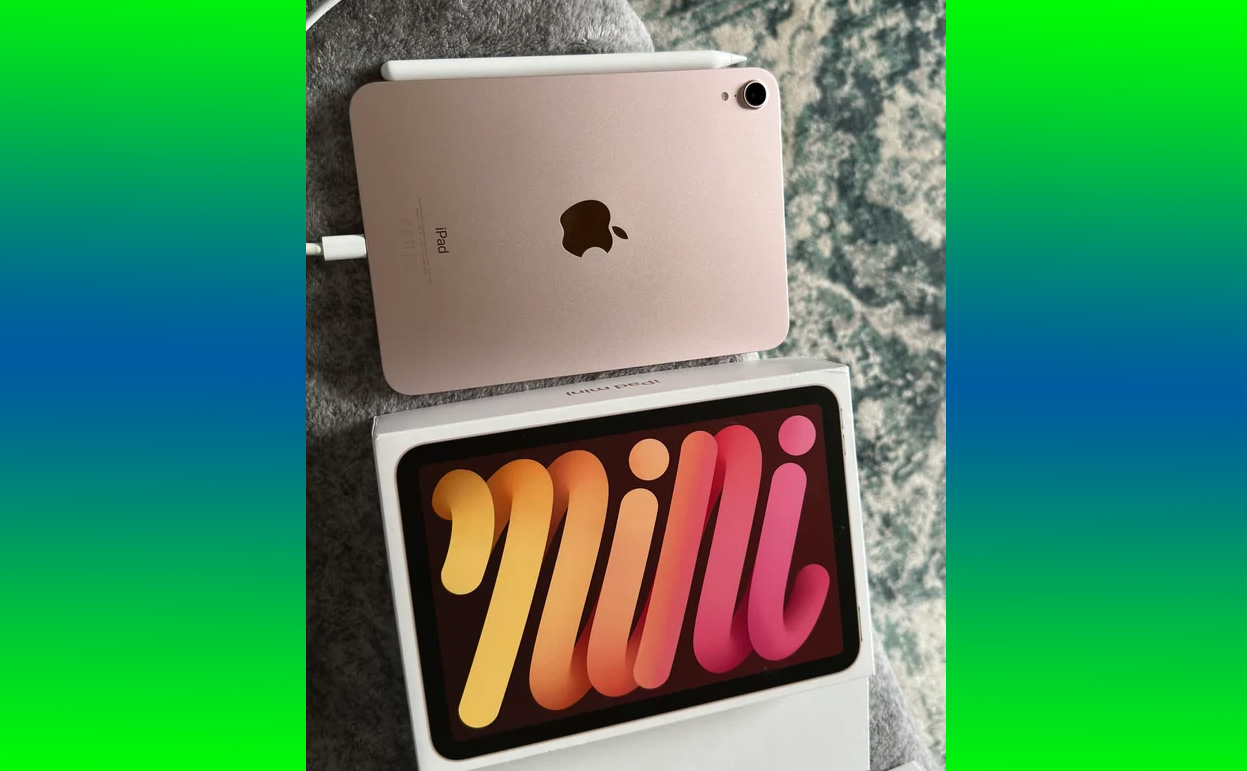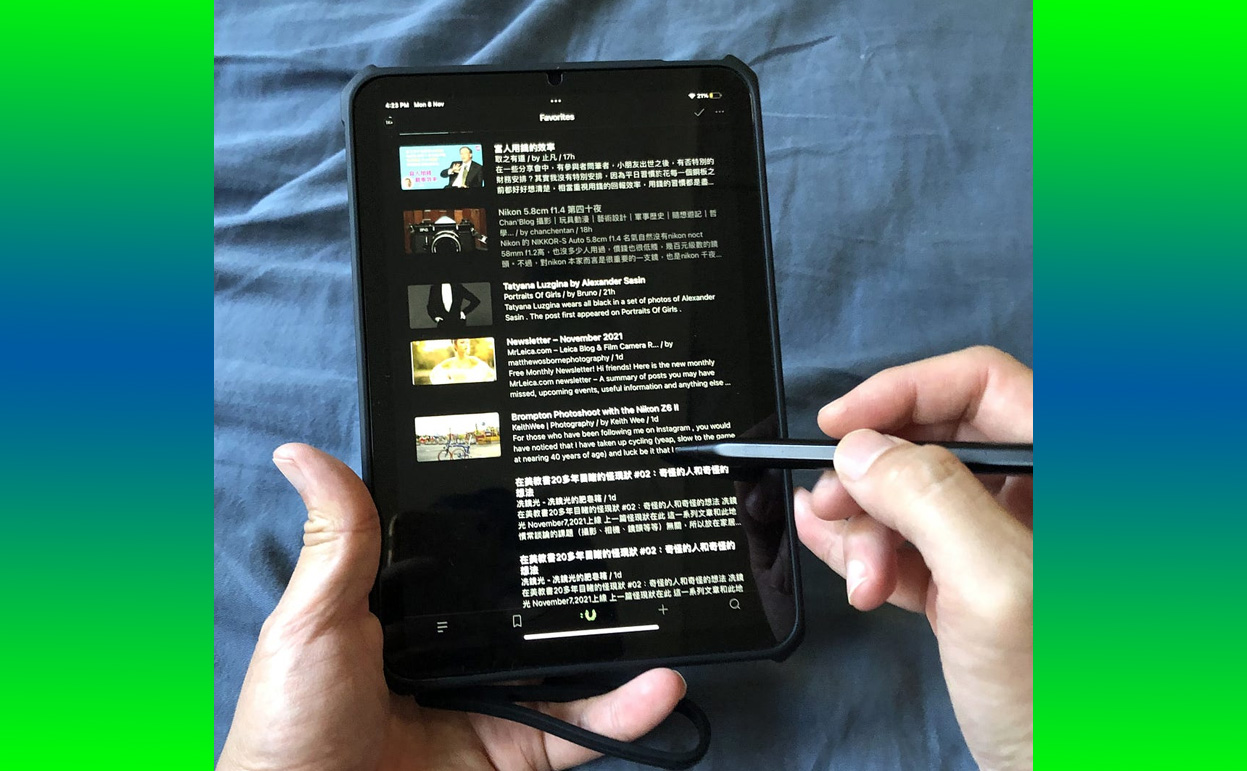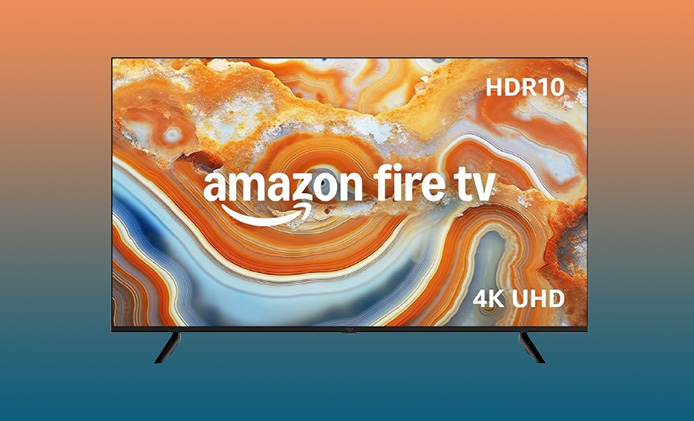The holiday season is the perfect time to show your loved ones how much they mean to you. One of the best ways to do this is by gifting gadgets that bring joy, convenience, and excitement.
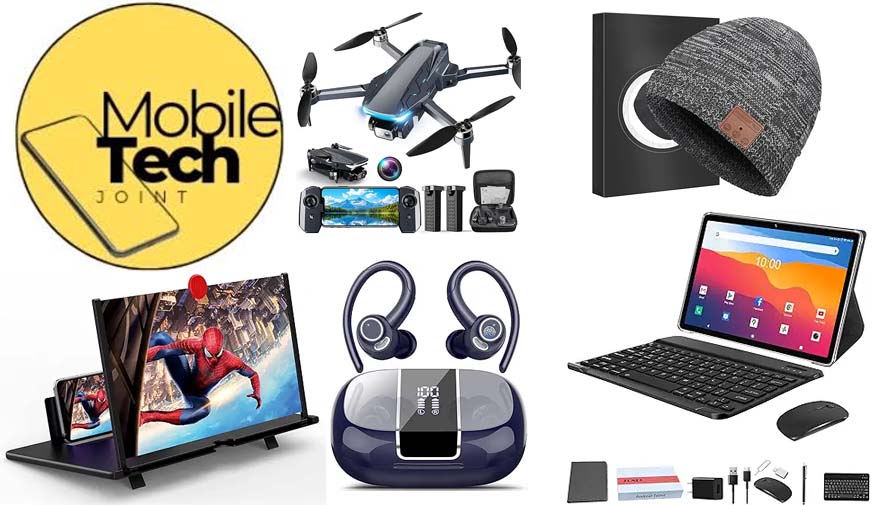
From tech enthusiasts to everyday users, electronic gifts have something for everyone. In this guide, we’ll explore the best electronics for holiday gifting that will leave lasting impressions.
Why Electronics Make the Perfect Holiday Gift
In today’s fast-paced world, electronics are more than just luxury items—they’re essential tools for entertainment, communication, and productivity. Here’s why they’re great gifts:
- Universal Appeal: From kids to adults, there’s an electronic gadget for everyone.
- Innovative Features: Modern electronics come packed with features that simplify life.
- Durability: Quality gadgets can last years, making them memorable gifts.
- Excitement Factor: Unwrapping a high-tech gift often brings a big smile to anyone’s face.
Top Categories for Electronic Gifts
When it comes to gifting electronics, narrowing down the choices can be overwhelming. Here are the top categories to consider:
-
Smartphones and Accessories
Why They’re Great: Smartphones are indispensable, and accessories enhance the user experience.
Popular Picks:
- Apple iPhone 15: Cutting-edge performance and unmatched camera quality.
- Samsung Galaxy S23 Ultra: A powerhouse for Android lovers.
- Accessories: Wireless chargers, phone cases, and camera lens attachments.
CHECKOUT PRICES FOR PRODUCTS
-
Wireless Earbuds and Headphones
Why They’re Great: Perfect for music lovers, commuters, and remote workers.
Popular Picks:
- Apple AirPods Pro 2nd Gen: Premium sound and noise-canceling features.
- Sony WH-1000XM5: High-quality over-ear headphones with outstanding battery life.
- Jabra Elite 7 Pro: Great for active users with a secure fit and excellent sound.
CHECKOUT PRICES FOR PRODUCTS
-
Smart Home Devices
Why They’re Great: They bring convenience and control to any home.
Popular Picks:
- Amazon Echo Dot (5th Gen): An affordable smart assistant for daily tasks.
- Google Nest Hub: Perfect for smart home integration and managing routines.
- Philips Hue Smart Lights: Add ambience with customisable lighting options.
CHECKOUT PRICES FOR PRODUCTS
-
Gaming Consoles and Accessories
Why They’re Great: Gaming remains a favourite pastime for people of all ages.
Popular Picks:
- Sony PlayStation 5: The ultimate console for exclusive titles and performance.
- Xbox Series X: Best for multi-platform gaming and Game Pass lovers.
- Nintendo Switch OLED: A hybrid console for casual and hardcore gamers alike.
- Accessories: Gaming headsets, controllers, and VR setups.
CHECKOUT PRICES FOR PRODUCTS
-
Wearable Tech
Why They’re Great: Ideal for fitness enthusiasts and those who love staying connected on the go.
Popular Picks:
- Apple Watch Series 9: Seamless integration with iPhones and advanced health tracking.
- Samsung Galaxy Watch6: A versatile smartwatch for Android users.
- Fitbit Charge 6: Affordable fitness tracking with excellent battery life.
CHECKOUT PRICES FOR PRODUCTS
-
Laptops and Tablets
Why They’re Great: Useful for students, professionals, and entertainment seekers.
Popular Picks:
- MacBook Air M2: Lightweight and powerful for everyday use.
- Microsoft Surface Pro 9: A 2-in-1 device for both work and play.
- iPad Pro (M2): A top-notch tablet for creativity and productivity.
CHECKOUT PRICES FOR PRODUCTS
-
Cameras and Drones
Why They’re Great: Perfect for photography enthusiasts and adventurers.
Popular Picks:
- Sony Alpha a7 IV: A high-end mirrorless camera for pros.
- DJI Mini 4 Pro: Compact, beginner-friendly drone with stunning video quality.
- GoPro Hero 12: A rugged action camera for outdoor lovers.
SHOP NOW AT AMAZON
Tips for Choosing the Best Electronics
- Know Their Interests: Consider what the recipient loves—gaming, fitness, photography, or home automation.
- Set a Budget: Electronics vary greatly in price, so plan your spending accordingly.
- Check Compatibility: Ensure the device works well with their existing gadgets.
- Read Reviews: Online reviews can help you identify reliable and well-rated products.
Where to Buy Electronics for the Holidays
- Amazon: A one-stop shop with deals and quick delivery.
- Best Buy: Known for its wide selection and in-store pickup options.
- Walmart: Affordable prices and convenient shopping experience.
- Apple Store: For the latest Apple products and expert advice.
- Target: Great for budget-friendly options and seasonal promotions.
Final Thoughts
Electronics are timeless gifts that bring joy and practicality to any recipient. Whether it’s the latest smartphone, a pair of quality headphones, or a gadget for their smart home, you can’t go wrong.
As you shop this holiday season, use this guide to find the best electronics for holiday gifting that fit your budget and your loved one’s preferences.
Happy gifting!
FAQs
What are the most affordable electronics to gift this holiday season?
Affordable options include wireless earbuds like the Jabra Elite 3, smart home devices like the Amazon Echo Dot, or fitness trackers like the Fitbit Inspire 3.
How can I find the best holiday deals on electronics?
Shop during major sales events like Black Friday or Cyber Monday. Websites like Amazon and Best Buy often have early holiday deals.
Are refurbished electronics a good option for gifts?
Yes, if purchased from reputable retailers like Apple Certified Refurbished or Amazon Renewed. They often come with warranties and significant savings.
CHECK THESE OUT:
